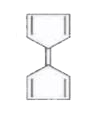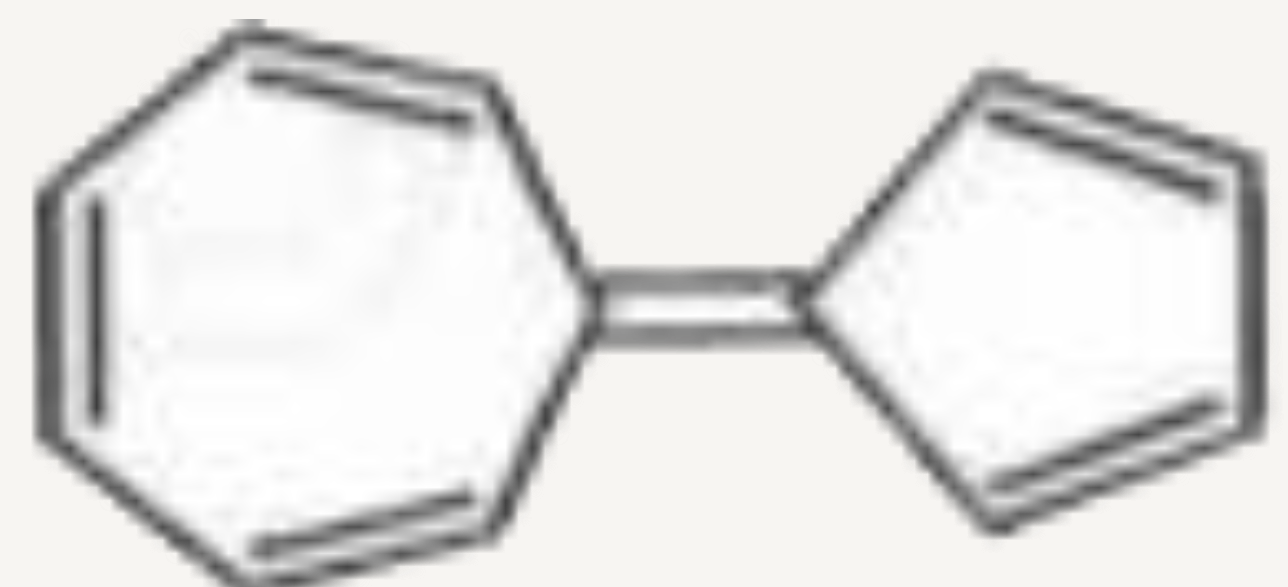Which of the following molecules is expected to rotate the plane polarized light?




The correct Answer is:B
To determine which of the given molecules is expected to rotate plane-polarized light, we need to identify if the molecules are optically active. A compound is considered optically active if it meets two main criteria:
1. It must contain at least one chiral carbon atom (a carbon atom bonded to four different substituents).
2. It must not have a plane of symmetry.
Let's analyze each option step by step:
Step 1: Analyze the first molecule
- Check for chiral carbon: Look for carbon atoms that are bonded to four different groups.
- Check for plane of symmetry: Determine if the molecule can be divided into two symmetrical halves.
Conclusion for first molecule:
- It does not have a chiral carbon because all substituents are identical (e.g., CS2 groups).
- Therefore, it cannot rotate plane-polarized light.
Step 2: Analyze the second molecule
- Identify the carbon atoms and their substituents.
- Check if there is a carbon atom bonded to four different groups.
Conclusion for second molecule:
- There is a chiral carbon that is bonded to four different groups (e.g., chlorine, hydrogen, CH2, and another carbon).
- There is no plane of symmetry.
- Therefore, this molecule is optically active and can rotate plane-polarized light.
Step 3: Analyze the third molecule
- Again, identify the carbon atoms and their substituents.
- Check for chiral carbon and plane of symmetry.
Conclusion for third molecule:
- Although there is a carbon with four bonds, there is a plane of symmetry present.
- Therefore, it is not optically active and cannot rotate plane-polarized light.
Step 4: Analyze the fourth molecule
- Check for chiral carbon and plane of symmetry.
Conclusion for fourth molecule:
- The carbon atoms do not have four different substituents.
- Therefore, it is not optically active and cannot rotate plane-polarized light.
Final Answer:
The second molecule is the only one that is expected to rotate plane-polarized light.
---
2. It must not have a plane of symmetry.
- Check for chiral carbon: Look for carbon atoms that are bonded to four different groups.
- Check for plane of symmetry: Determine if the molecule can be divided into two symmetrical halves.
- It does not have a chiral carbon because all substituents are identical (e.g., CS2 groups).
- Therefore, it cannot rotate plane-polarized light.
- Identify the carbon atoms and their substituents.
- Check if there is a carbon atom bonded to four different groups.
- There is a chiral carbon that is bonded to four different groups (e.g., chlorine, hydrogen, CH2, and another carbon).
- There is no plane of symmetry.
- Therefore, this molecule is optically active and can rotate plane-polarized light.
- Again, identify the carbon atoms and their substituents.
- Check for chiral carbon and plane of symmetry.
- Although there is a carbon with four bonds, there is a plane of symmetry present.
- Therefore, it is not optically active and cannot rotate plane-polarized light.
- Check for chiral carbon and plane of symmetry.
- The carbon atoms do not have four different substituents.
- Therefore, it is not optically active and cannot rotate plane-polarized light.
The second molecule is the only one that is expected to rotate plane-polarized light.
Similar Questions
Knowledge Check
- Question 1 - Select One
Which of the following molecules is expected to have the greatest resonance stabilization?
A B
B C
C D
D
- Question 2 - Select One
Which of the following molecules is expected to have the greatest resonance stabilisation ?
A B
B C
C D
D
- Question 3 - Select One
Which of the following molecules is expected to have the greatest resonance stabilization ?
A B
B C
C D
D

